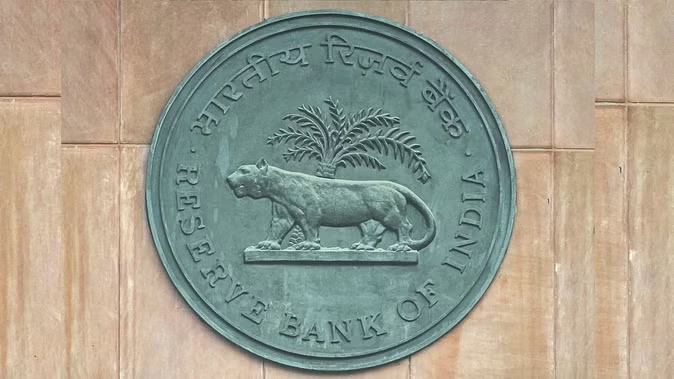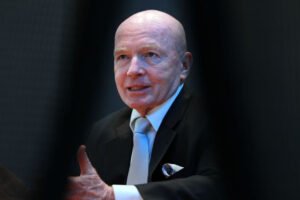The MPC member advocated two inflation rates for better policy making

New Delhi| Nagesh Kumar, member of the RBI’s Monetary Policy Committee, has suggested that there should be two inflation rates-one that includes food prices and the other that does not include food prices-to take into account the rates relevant for policy making. Chief Economic Advisor V Anantha Nageswaran had advocated keeping food inflation out of rate setting in the Economic Survey 2023-24, saying that monetary policy has no bearing on food commodity prices, which are dictated by supply side pressures.
“I think there’s a healthy debate going on about what the goal should be”, Kumar said in response to a question on the Economic Survey’s suggestion not to include food inflation when setting benchmark interest rates “Whether it’s an overall inflation rate or an inflation rate different from food products, you know, these are very severely affected by seasonal demand, supply imbalances”, he said The weight of food grains in overall consumer price inflation, which is 46 per cent, was set in 2011-12, so it needs to be reconsidered.

“I believe we should have two inflation rates, one that includes food inflation and one that doesn’t have food inflation”, he said… The relevant rate can therefore be considered, and it can be decided which particular policy criterion is what”

India introduced a framework to tackle inflation in 2016, under which the Reserve Bank of India (RBI) has been directed to keep retail inflation at 4 per cent, with margins of 2 per cent likely to remain on both sides. Benchmark policy rates are decided by the RBI on a bi-monthly basis based on fluctuations in the consumer price index, which includes food, fuel, manufactured goods and select services. Responding to a question on higher food prices, Kumar said retail inflation declined to a four-month low of 5.22 per cent in December.
“A large part of this 5.2 percent increase is due to the rise in food prices, it is also due to the seasonal imbalance in vegetable prices”, Kumar said…And when more supply comes to the mandis, it will recover on its own, and we’ll see inflation curbed more” India’s economic growth rate is projected to fall to a four-year low of 6.4 per cent in 2024-25, mainly due to poor performance by the manufacturing and services sector, according to government data.
The economic growth rate fell to a seven-quarter low of 5.4 per cent in the July-September period. In the first quarter (April-June), it was 6.7 per cent. Asked why private investment in India is slow, Kumar said private investment should be better than it has been so far. “And I believe that after the election uncertainties are over, there will be a stable government at the center and the NDA 3.0 will push the pace of reforms, this will bring more private investment”, he said He said that the Indian economy remains the fastest growing economy among the major economies of the world. “We need to further publicize the story of India, so that more foreign direct investment can come into the country than before”, he said.









